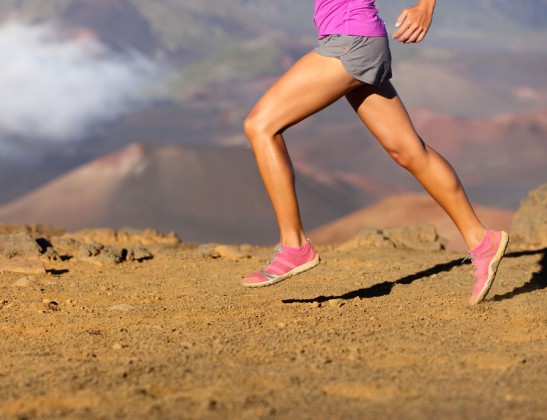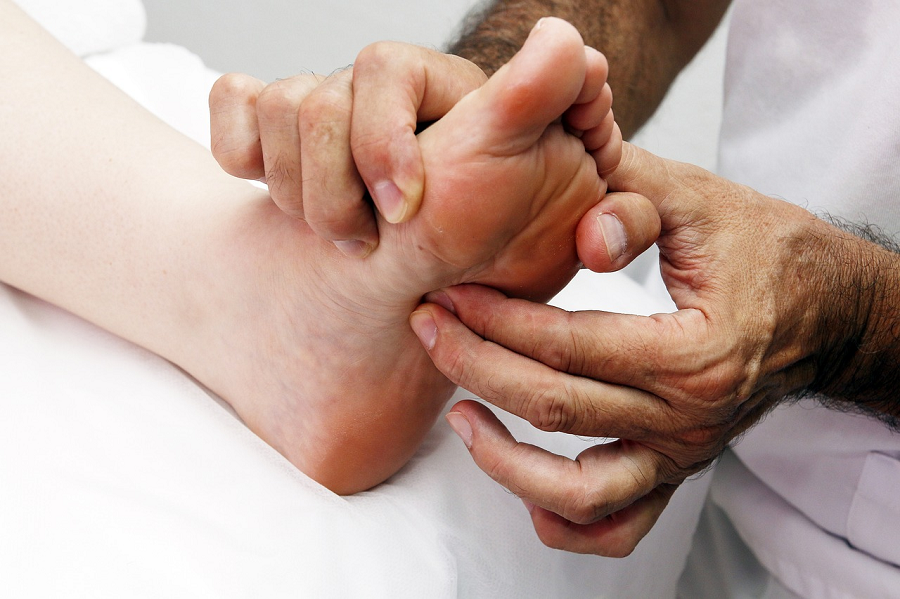How do I get rid of Corns and Calluses

How do you know when you tear your Achilles Tendon?
July 7, 2023
Is it true that you are more likely to tear your Achilles Tendon in you later years?
July 7, 2023To effectively get rid of corns and calluses, you can follow these steps:
- Soak your feet: Start by soaking your feet in warm, soapy water for about 10 to 15 minutes. This helps soften the corns and calluses, making them easier to remove.
- Exfoliate gently: After soaking, use a pumice stone, foot file, or a foot scrub to gently exfoliate the affected areas. Rub the stone or file in a circular motion to remove the dead skin. Be careful not to be too aggressive, as excessive rubbing can cause irritation or injury.
- Moisturize: After exfoliating, apply a moisturizing lotion or cream to your feet. This helps keep the skin hydrated and prevents further dryness and the formation of new corns and calluses.
- Wear appropriate footwear: Avoid shoes that are tight, narrow, or have high heels, as they can contribute to the development of corns and calluses. Opt for shoes with a wide toe box and good cushioning to provide proper support and reduce pressure on your feet.
- Use protective padding: If you have areas prone to corns or calluses, you can use non-medicated pads or cushions to protect those areas and reduce friction.
- Regularly trim your toenails: Keep your toenails trimmed to prevent them from rubbing against the inside of your shoes, which can contribute to corns and calluses.
- Seek professional help: If your corns or calluses are persistent, painful, or you have underlying foot conditions, it’s advisable to seek professional help from a podiatrist. They can provide more targeted treatments such as debridement (removal of dead skin), prescribe medicated creams, or create custom orthotics to alleviate pressure and prevent further corns and calluses.
It’s important to note that over-the-counter corn and callus removal products containing acids or sharp blades should be used with caution. If you have diabetes, circulation problems, or other medical conditions that affect your feet, it’s best to consult a healthcare professional before attempting any self-treatment.



